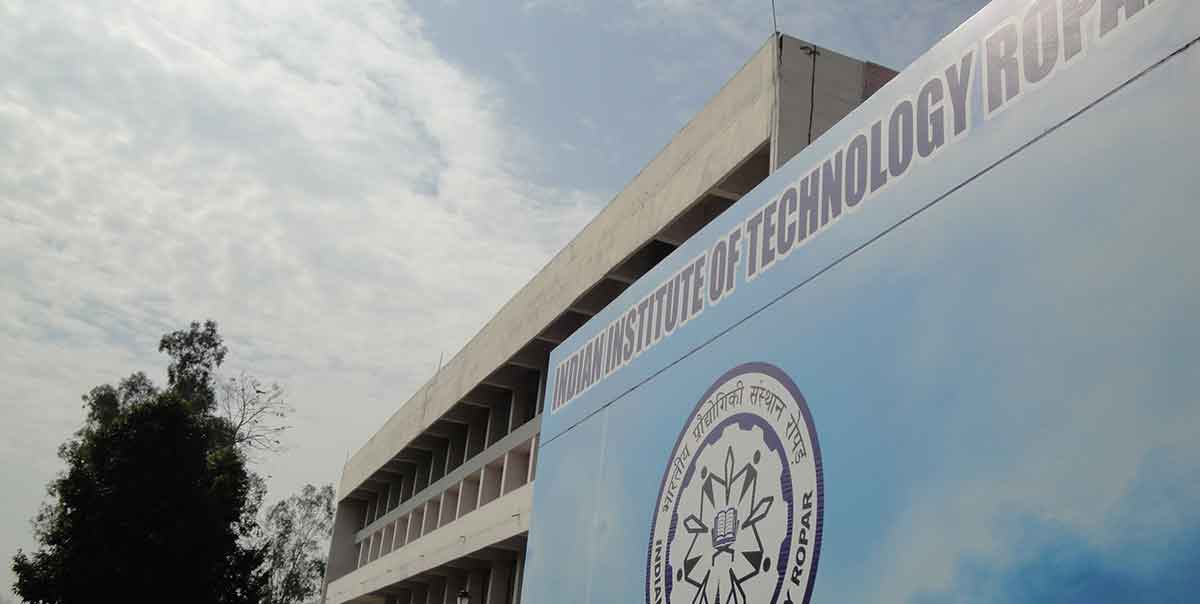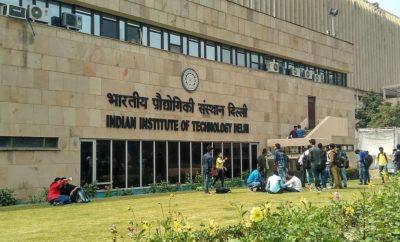Education
Why IITs, IIMs Are Reaching Out to Indian Diaspora

IIT Gandhinagar has received endowments from NRIs worth Rs 30 crore in the last few years.
The new IITs and IIMs are reaching out to the Indian diaspora in a bid to connect with candidates that can work as faculty, to find universities to collaborate with, and meet other needs of the institution such as project funding. Institutions like IIT Gandhinagar, IIT Hyderabad and IIT Ropar are reaching out to a significant number of Non-Resident Indians in countries like the UK, Canada, the US, Singapore and Australia. These institutions are looking for ways to build brand equity in these foreign locales, besides increasing their reach.
“We don’t have an alumni base as strong as the older Indian Institutes of Technology (IITs) but you cannot wait for 40 years to reap that benefit… so you must innovate and reach out to new constituents,” Sarit K Das, director of IIT Ropar in Punjab, said, according to Mint. “Indian diaspora can be (almost practically) your alumni base. What alumni do for older institutions, diaspora can do it for you.”
This move is also seen as a way for the newer institutions to counter poor placement records and garner attention from companies to recruit students.
The benefits
Sudhir Jain, director of IIT Gandhinagar, told the publication that he got good support from the diaspora — particularly in the US and Japan, and that several tie-ups for students’ research and recruitment happen because of NRIs.
“In the last few years, we have received endowments worth Rs 30 crore, and a sizable portion of them are from the diaspora community. As we engage with them more, we believe more will follow,” he said.
Without the baggage that the older institutions carry, the newer institutions can opt for fresher strategies. Harivansh Chaturvedi, alternate president of Education Promotion Society of India, a federation of education providers, pointed out how India is a leading recipient of remittances from NRIs. Top institutes like the IIMs and IITs should definitely target them for some contribution, he feels. India received about $62.7 billion worth of remittances in 2016, according to World Bank data.
International standing
The idea behind the outreach programme is to see where Indian universities stand in international rankings as well. “We have found that in international ranking, there is perception about these institutes. So many times, real quality does not reflect in ranking,” Union Human Resource Development minister Prakash Javadekar said, the Telegraph reported. “To address that, we have decided to implement outreach programmes with the alumni Indian diaspora for their active participation and have more foreign students, foreign faculty and exchanges with foreign countries. All these will help in creating the right perception about the Indian institutes and then we will get the right place in international ranking too.”
However, the move has raised a few eyebrows. Critics say that there isn’t going to be much of an impact. The diaspora, critics claim, have gotten subsidized education at these prestigious institutes by paying only Rs 90,000 per year when it costs about Rs 3.4 lakh to the government.
Then, critics say, they abandoned the motherland and are not even a significant part of the total foreign direct investment. Argues a Scroll piece, “A report in the Economic Times shows that out of the total remittances of $70 billion to India, the remittances from IITians who go to developed countries is much lower than the remittances from the Middle East to the state of Kerala. Most of the Malayalis in the Gulf are blue-collar workers, not IIT engineers.”
However, another report published in Economic Times counters the general perception of critics by highlighting that not even 200 of the approximate 10,000 students from different IITs in India went abroad for work last year.



